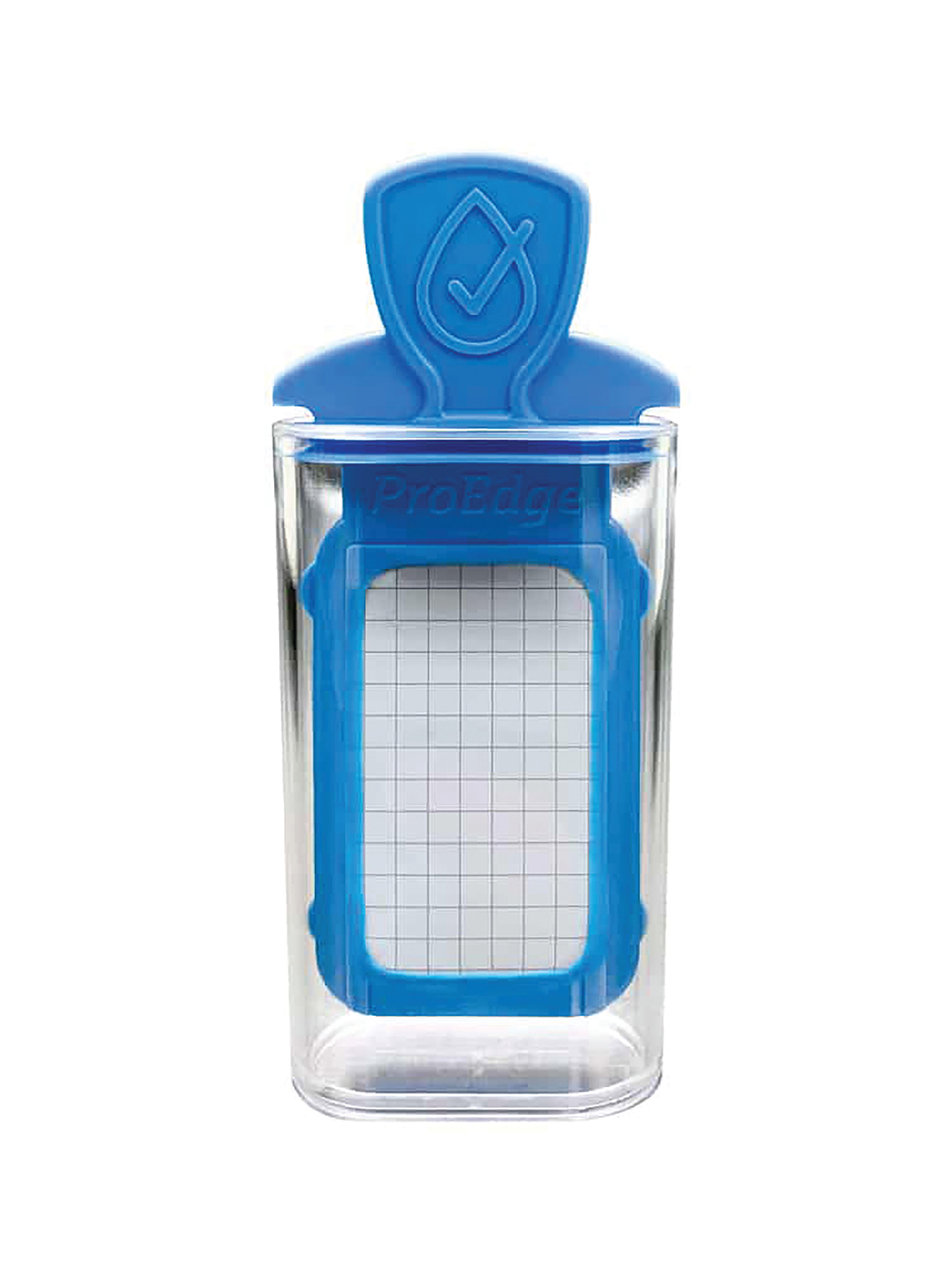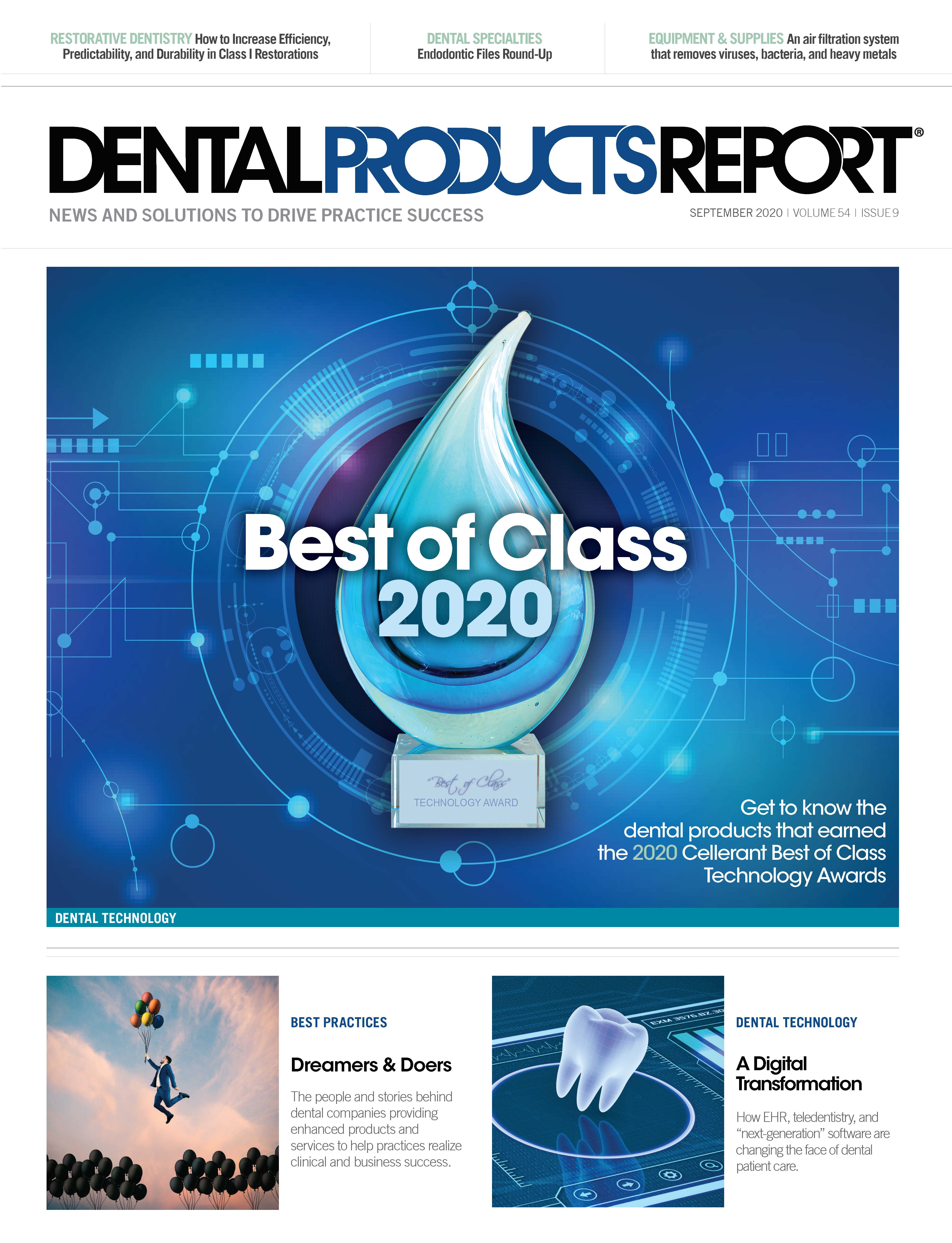At the beginning of the coronavirus disease 2019 (COVID-19) shutdowns in March, Kathy DeLucco, an expanded function dental assistant and Occupational Safety and Health Administration safety coordinator at Vermont Dental Care, watched a webinar on the QuickPass In-Office Dental Water Test from ProEdge. Impressed with what she saw, she signed up for a free sample.
QuickPass delivered everything promised in the webinar, and DeLucco was floored by the amount of time it saved. The office officially made the switch in early April.
What DeLucco liked most was how easy the test was to read. The system she had been using was not: Dark dots formed on a dark background to indicate the colony-forming unit (CFU) count but were often difficult to decipher, creating a time-consuming and frustrating task.
QuickPass is completely operator-friendly, she says, calling that statement indisputable. “QuickPass has the 3 C’s—it’s concise, convenient, and cost-effective,” she adds. “It’s very clear what the results are. If you see a little red dot on the white background, you have CFUs forming. If you don’t, then you’re good to go.”
The testing process
The test has a short incubation period of 48 to 72 hours. Samples collected on a Friday evening before the team departs for the weekend are ready for reading when they return Monday.
To test operatory water, DeLucco collects a separately pooled sample in each operatory from all hoses connected to the water supply, places the paddle, shakes for 2 minutes, empties the water, and puts the paddle back into the receptacle, leaving it undisturbed for 48 to 72 hours—a quick, easy process.
Vermont Dental Care has 9 operatories plus a reverse osmosis source tank. DeLucco can collect the samples needed for testing within 20 minutes.
QuickPass
The QuickPass In-Office Dental Water Test offers a simple, microbiological analysis of procedural water for dental treatment. Each QuickPass provides an estimated heterotrophic plate count to measure compliance with the CDC standard for safe water of no more than 500 CFU/mL. Every test comes with a consultation with the ProEdge team. A water safety specialist will help with reading results and best practices.
ProEdge Dental Water Labs
888-843-3343 | proedgedental.com
Identifying water quality issues
Typically, the practice would shock and test the water in-office quarterly and send a sample to the lab for testing annually. Upon reopening from the COVID-19 shutdown, all lines were shocked and tested in-office. The ProEdge QuickPass was advantageous for confirming less than 500 CFUs prior to reopening. Two operatories and the source failed the initial tests. With the ProEdge QuickPass, the team effortlessly reshocked and retested the water. Once the water passed the in-office test, they sent samples to the lab for verification.
The team at ProEdge is well versed in water quality, DeLucco says. They are quick to respond when questions come up and available to offer support—another benefit of switching to QuickPass.
A time-saving solution
The uncomplicated product wowed DeLucco the first time she used it. She was impressed with the time efficiency QuickPass offered compared with the product she was using before she watched the webinar. Such time savings are a tremendous benefit for any dental practice, especially now.
“With COVID-19, donning/doffing our PPE [personal protective equipment] is acutely more time-consuming [compared with] prepandemic. The furthermost project in your daily routine, in my opinion, would be a complicated, time-consuming water quality test,” DeLucco says. “As we all strive for personal excellence in dental care for our patients, it’s crucial in the dental operatories to use only water with less than 500 CFUs. It would take 45 minutes to view all the samples once they had incubated [with the previous product]. I would have to really scrutinize and enlist the use of my dental loupes because of the black background. With QuickPass it is obvious: If there are red dots, you need to shock; if there are no red dots, fabulous—it’s negative; let’s send it to the lab for verification.”


